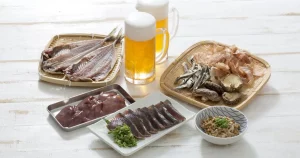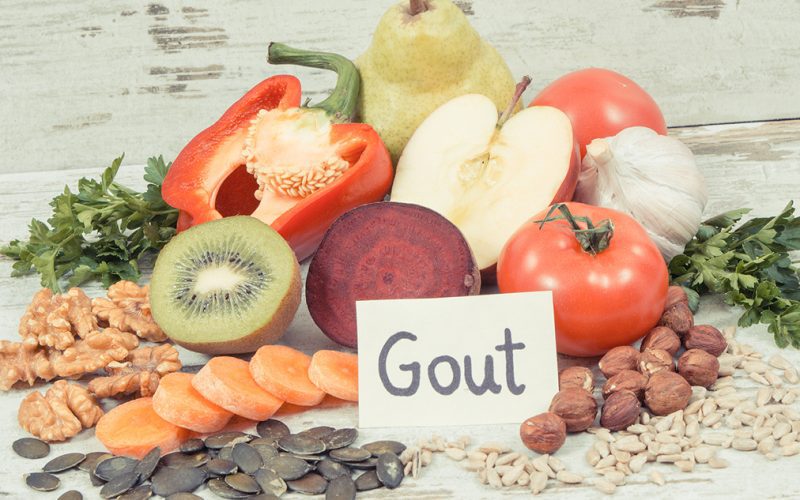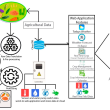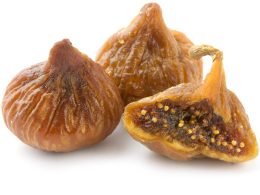Understanding Gout: A Brief Overview
Gout, a form of inflammatory arthritis, has long been associated with dietary factors. The condition manifests as sudden and severe attacks of pain, swelling, redness, and tenderness in the joints, particularly the base of the big toe. While genetic predisposition and lifestyle factors play significant roles in its development, dietary choices can exacerbate or alleviate symptoms. Explore More About Health Problems And Their Solutions (Healthy Gums With Vitamin C)
The Role of Purines in Gout
What are Purines?
Purines are natural substances found in various foods and are also produced by the body. When purines break down, they form uric acid. Excessive uric acid levels can lead to the formation of urate crystals in the joints, triggering gout attacks.
Purine-Rich Foods and Gout
Certain foods are high in purines and can contribute to elevated uric acid levels. These include:
- Organ meats: Liver, kidneys, and sweetbreads.
- Seafood: Anchovies, sardines, mussels, scallops, and trout.
- Red meat: Beef, lamb, and pork.
- Alcohol: Especially beer and spirits, as they interfere with uric acid elimination.

Dietary Recommendations for Gout Management
Focus on Low-Purine Foods
Adopting a diet low in purines can help manage gout symptoms and reduce the frequency of flare-ups. Here are some dietary recommendations:
- Emphasize fruits and vegetables: Most fruits and vegetables are low in purines and can be enjoyed freely.
- Choose low-fat dairy: Opt for low-fat or fat-free dairy products, such as milk, yogurt, and cheese.
- Include plant-based proteins: Legumes, tofu, and nuts are excellent sources of protein that are low in purines.
- Limit high-purine foods: Reduce consumption of organ meats, seafood, and red meat. If consumed, ensure moderation.
- Stay hydrated: Adequate hydration helps flush out excess uric acid from the body, reducing the risk of crystallization.
Moderate Alcohol Intake
Alcohol, particularly beer and spirits, can exacerbate gout symptoms by increasing uric acid production and impairing its elimination. Moderation is key, with recommendations to limit alcohol consumption or choose low-purine alternatives.
Weight Management and Physical Activity
Maintaining a healthy weight through diet and regular exercise is essential for managing gout. Excess weight can contribute to higher uric acid levels and increase the risk of gout attacks. Incorporating cardiovascular and strength-training exercises can improve overall health and reduce gout-related complications.

Consideration of Fructose and Sugary Drinks
Studies suggest that fructose-rich beverages, such as sodas and fruit juices, may increase the risk of gout. Limiting intake of these beverages can be beneficial for individuals prone to gout attacks. Water and herbal teas are healthier alternatives that promote hydration without the added sugars.
High-Purine vs. Low-Purine Foods
To facilitate better understanding, let’s compare high-purine and low-purine foods:
| High-Purine Foods | Low-Purine Foods |
|---|---|
| Organ meats | Fruits and vegetables |
| Seafood | Low-fat dairy |
| Red meat | Plant-based proteins |
| Alcohol (beer, spirits) | Water, herbal teas |
Conclusion
In conclusion, dietary factors play a crucial role in the management of gout. By making informed dietary choices and lifestyle modifications, individuals can alleviate symptoms, reduce the frequency of flare-ups, and improve overall quality of life. Incorporating a balanced diet, focusing on low-purine foods, moderating alcohol intake, maintaining a healthy weight, and staying hydrated are key strategies in the management of gout. It’s essential to consult with a healthcare professional or a registered dietitian to develop a personalized dietary plan tailored to individual needs and preferences.












